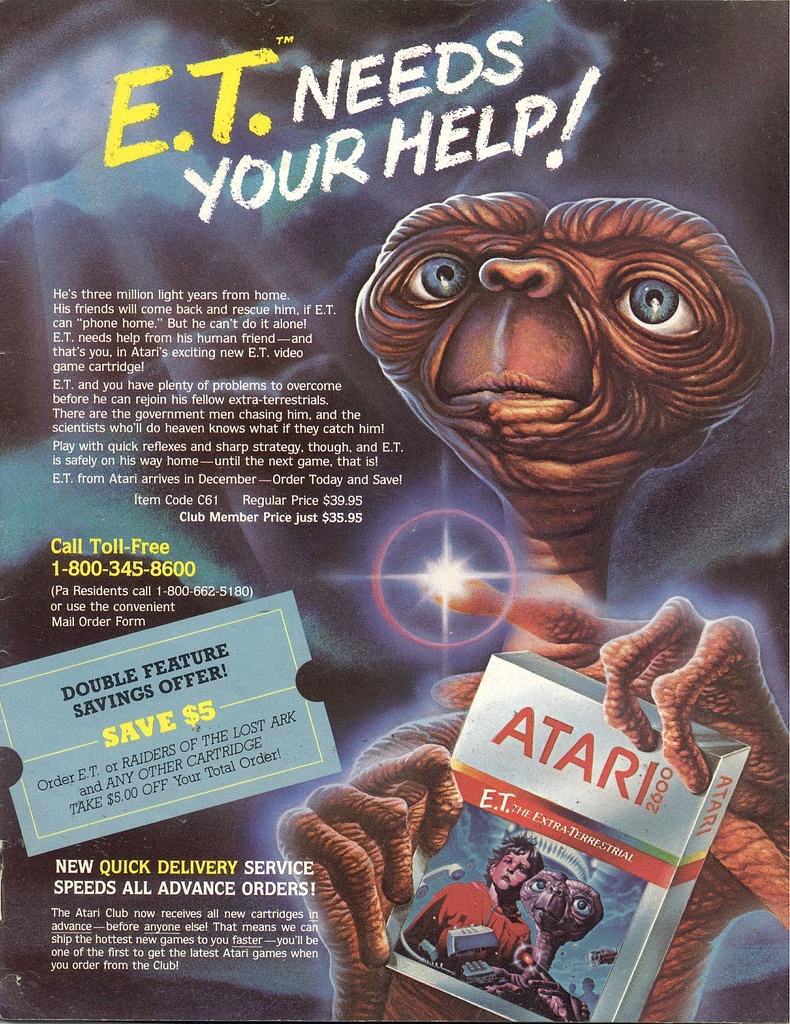Game Over? Atari Faces Bankruptcy and Beyond in the Wake of ’83 Crash
In the early 1980s, the video game industry stood at the pinnacle of its success, with Atari dominating the market through its iconic Atari 2600 console. However, a series of ill-fated decisions and market forces converged to create the perfect storm that would lead to the infamous Great Video Game Crash of 1983. This cataclysmic event not only brought Atari to its knees but also reshaped the industry, giving rise to new players and shifting the balance of power from American to Japanese dominance.

At the heart of Atari’s downfall were the years 1982-83, marked by misguided promotions and business blunders. The release of a 2600 version of Pac-Man, while initially successful with 7 million copies sold, left Atari with a staggering 5 million unsold units, exposing a critical overestimation of market demand.
The subsequent release of “E.T. The Extraterrestrial” further compounded Atari’s woes. Spending $125 million in total, Atari rushed the game’s development, resulting in a widely panned product. With only 1.5 million copies sold and half returned, Atari suffered a $100 million loss, further eroding its financial stability.
Adding to the turmoil was the Atari 5200, introduced in 1983 with improved graphics and technology. However, the lack of compelling titles, compatibility issues with the older 2600 games, and a poorly designed controller contributed to the system’s failure, leading to its discontinuation after just two years.
Simultaneously, a plethora of competing game consoles flooded the market, including names like Bally Astrocade, ColecoVision, and Intellivision. Overproduction of games and an oversaturation of the market ensued, exacerbated by the rise of home computers.
Atari’s internal issues also played a role. Poor employee relations, lack of royalties, and failure to credit developers prompted many to leave and form independent companies like Activision, which would go on to become a major player in the industry.
In 1983 alone, Atari posted a staggering loss of $500 million, leading to the burial of surplus unsold video games in a New Mexico landfill. By 1984, Atari faced bankruptcy and was ultimately sold to Jack Tramiel, the owner of Commodore International. Many competitors met a similar fate.
The aftermath saw Atari navigate through decades of financial struggles, bankruptcy, and ownership changes. The most recent bankruptcy occurred in 2013. Today, Atari is in the midst of a transformation, venturing into the casino industry, particularly online social casinos, as it seeks to redefine its place in the evolving landscape of entertainment and gaming. The Great Video Game Crash of 1983, while devastating for Atari, set the stage for a renewed industry, ultimately paving the way for new innovations and global dominance.
